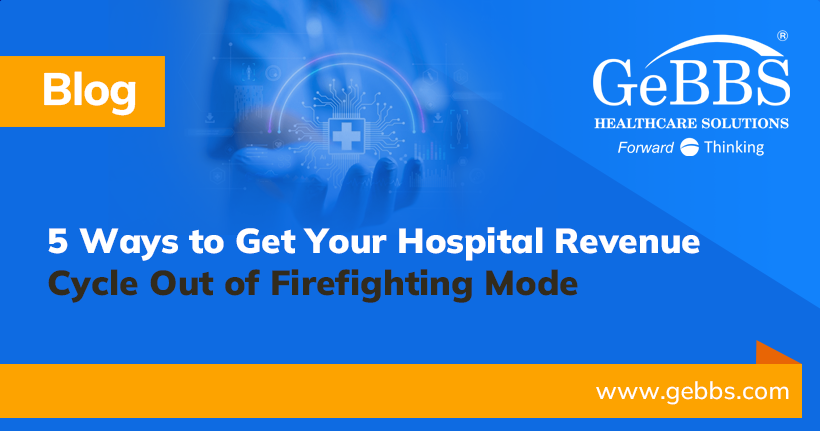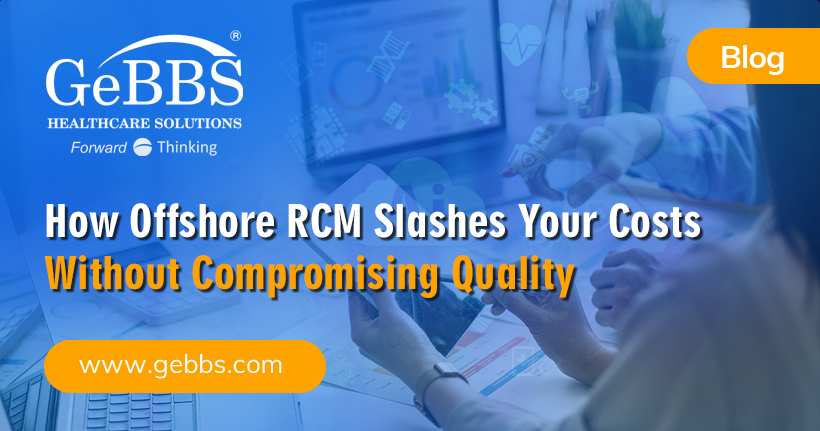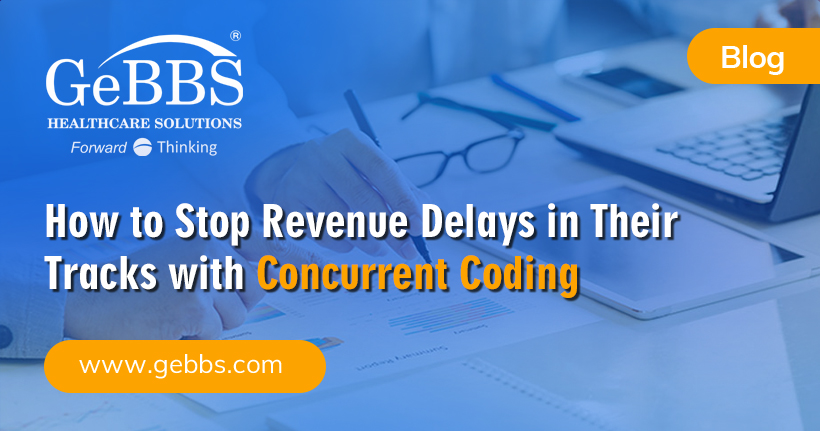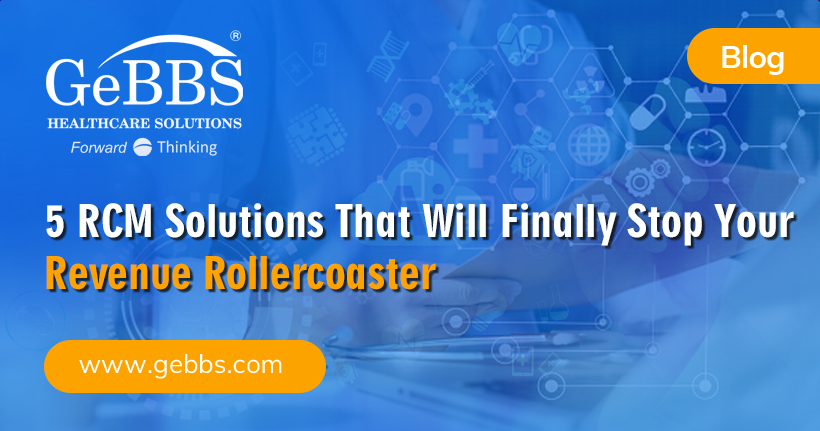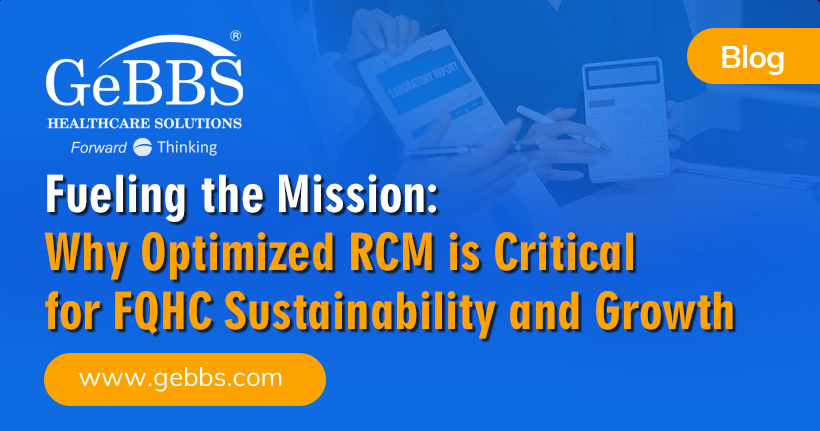The role of risk management in a healthcare provider’s or payer’s sustained success is perhaps more important than ever.
As healthcare systems and payers struggle with the effects of the pandemic and labor shortage, they have also been plagued by data breaches that have affected millions of people. The resulting rise in claim denials, fueled in part by medical coding errors and corrupted claims data, has disrupted billing and payment processes as well as the overall healthcare revenue cycle.
The news is not all dire, however. There are solutions to help healthcare and payer risk-management leaders address these new challenges to patient care and provider and payer prosperity.
Healthcare Risk Management in Motion
Healthcare risk management has historically emphasized the patient experience with particular attention on decreasing medical errors to shield providers from legal liability and corresponding financial losses. Payers have likewise focused on patient care, but from the perspective of providers adhering to established medical best practices and not prescribing unnecessary services.
These remain crucial considerations, but modern healthcare risk management has evolved with emerging technologies and their related security concerns. Effective healthcare risk management must also contend with rapidly changing federal and state regulations that have placed increasing financial risk on providers and commercial and private payers.
In recent years, risk management has become as deeply entwined with providers’ and payers’ financial strategies and revenue cycles as it has with patient care and liability protection. The healthcare organizations and commercial and private payers that thrive today are those with a holistic view of the broader healthcare climate and a willingness to embrace enterprise risk management (ERM).
Healthcare Enterprise Risk Management
Healthcare ERM provides a structure for making knowledge-driven, risk-management decisions across several sectors. The American Society for Health Care Risk Management (ASHRM) identifies the following eight ERM risk domains for healthcare:
Operational
Operational risks are those that may stem from poor internal processes or systems that impact an organization’s business operations. Staffing problems, insufficient internal controls and supply chain issues are examples of operational risks.
Clinical and Patient Safety
Patient safety and clinical risks are those linked to the delivery of care to patients or customers. For instance, hospital-acquired conditions and medication errors would be considered clinical and patient safety risks.
Strategic
Strategic risks encompass the focal point and direction of a healthcare organization. Areas of strategic risk include advertising, managed care partnerships and joint ventures.
Financial
Financial risks are those that could affect a provider’s financial sustainability, as well as access to external financing or capital. Program or facility growth, or lack thereof, is one example of financial risk; another is claim reimbursement rate.
Human Capital
Human capital entails a healthcare organization’s total workforce and the risks connected to hiring, turnover, work-related injuries and other human-resources concerns. Examples of human capital risks include recruitment processes, workforce diversity and employee retention.
Legal and Regulatory
Regulatory and legal risks include the failure to identify or appropriately manage regulatory mandates at the local, state and federal levels. Legal and regulatory risks are those associated with accreditation, fraud, licensure and other liability issues.
Technology
Technology risks apply to all types of machinery, hardware and digital systems, whether it’s used for clinical purposes, patient processing, billing or training. Electronic health records, accounts receivable systems and social media are examples of technology risks.
Hazard
Hazard risks relate to an organization’s infrastructure and assets, and potential environmental dangers. Natural disasters are examples of hazard risks, as are a facility’s age and supply chain accessibility.
Medical Coding, Claims Data and Risk Management
While the risk domains outlined above apply more directly to healthcare providers than payers, leading risk domains for both sides are touched in some way by medical coding and the flow of claims data.
Coders, claims managers and billing personnel render patient information and medical care into data that is used for reimbursement. The accuracy and timeliness of these processes are particularly critical to a provider’s survival, yet they are ripe with risk; this is why healthcare risk management leaders must prioritize coding, claims data and billing oversight.
Most medical coding errors and improper claims data are the result of simple human mistakes rather than intentional fraud, but the effects can be just as costly. Medical coding errors impede an organization’s workflow and revenue cycle as the provider must address the mistakes, appeal the claims and wait on the payer to re-evaluate and make a reimbursement determination. Medical coding errors contribute to billions of dollars in losses for healthcare systems and payers each year.
A recent study supported by the Centers for Medicare and Medicaid Services (CMS) examined claims data and medical coding as the foundation for risk management in payment for healthcare services. The research reinforced the link between inadequate coding and claims data management processes and delayed or distorted payments.
Medical Coding and Claims Data Solutions
There are several solutions to today’s medical coding and claims data challenges for healthcare organizations and payers alike.
Healthcare providers can benefit from a third-party medical coding service dedicated to the healthcare industry and with an established record of and benchmarks for accuracy. Another option is an end-to-end revenue cycle management (RCM) platform that integrates health information management (HIM), coding and claims data administration.
Payer solutions are also available for government, commercial and private insurers to improve their risk management strategies through scalable services designed to enhance productivity, accuracy and analytics depth.
Today’s leading healthcare information technology companies are also leveraging artificial intelligence to boost their platforms’ risk adjustment capabilities and improve medical coding efficiency. These platforms can also better shared access to claims data between healthcare providers and payers.
Risk Management for Providers and Payers
GeBBS Healthcare Solutions offers health information management and risk management services for healthcare providers and payers.
GeBBS is a recognized leader in HIM and RCM solutions that are scalable to the individual needs of our provider and payer partners and supply measurable results. GeBBS has earned acclaim for its integration of expert human resources and forward-thinking technology, and the company is ranked among Modern Healthcare’s Top 10 Largest RCM Firms, Black Book Market Research’s Top 20 RCM Outsourcing Services and Inc. 5000’s Fastest-Growing Private Companies in the United States.
Visit gebbs.com today to schedule a consultation and learn how we can help you optimize your risk management approach and your profitability.

